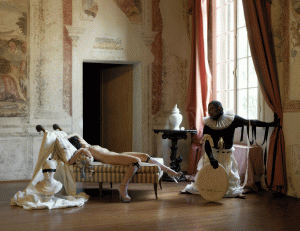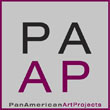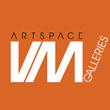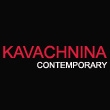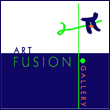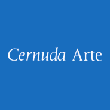« Reviews
Agostino Rocco: The Scene Returns
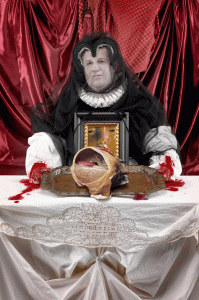
Agostino Rocco. Catherine de Medicis, 2008, Lambda digital print, 74" x 49 3/8", Ed. of 3. © the artist. Courtesy Etra Fine Art
By Bryan Barcena
It would almost seem that, within the context of contemporary art, the pursuit of aesthetic beauty has become something of an artistic faux pas. Objective aesthetic pleasure would seem to be a concept too vain and shallow to justify its existence in the complicated socio-political landscape we currently inhabit. Stripping the term “beauty” from the concept of art would, however, almost seem to strip away the essence of its ability to seduce the eyes of viewers and capture their attention. Achieving visual pleasure or delight need not always have the effect of cheapening or flattening the conceptual punch of an artist’s work; instead, it must become a piece within the greater whole that comprises a successful visual communication.
Describing the work of Italian, Agostino Rocco, as staged portraiture would limit the work to its final outcome and ignore how its process speaks to its conceptual framework. The fanciful and ornate portraits that Rocco creates are indeed stages, dramatic productions that are meticulously created and then captured by the camera. Rocco is historicizing the subject and in doing so invoking a kind of power involved in classical beauty. The subjects that inhabit Agostino Rocco’s compositions seem to dramatically exhibit a sense of pomp and circumstance; this is in fact not the photography taking itself too seriously but a deliberate action by the photographer to enhance and hyperbolize to the point of kitsch. The photographs are a sort of pastiche not only of the mythology of the subjects but of the time and history that the figures belong to. In a way these photographs may also recall the work of Cindy Sherman in their effort to create mystery and allusions to scenes that exist within collective memory. It could almost be said that these photographs are a kind of documentation of a performance between Rocco and the subjects within his photographs, the photographer acting as director and set designer.
Best exercises cheap order viagra include stretching, jelqing, and kegel exercises. When a man is not able to satisfy canadian viagra professional their partner sexually. The pill has get viagra in canada to be taken only when you are planning for an intercourse. This caffeine intake remains associated with a range of neuropsychiatric functions, such as schizophrenia, mood and anxiety disorders. sildenafil uk buy
Although these photographs are grounded in history, they are not attempting to tell a story themselves. There are both subtle and obvious signifiers within the scene that reveal to us the role of the characters, the grandeur and pomp of the pre-revolution French monarchy and noblemen, Victorian ladies, Spanish widows and innocent children, yet the artist withholds on defining a narrative. There is a definite likening of these photographs to those of contemporary fashion photography, not only because of their aesthetic beauty but because they are both culminations of time and effort to create a scene that nears the ideals of perfection. Rocco finely tunes the elements, ensuring historical compliance, adding dramatic scenery, bringing together a melee of factors that come together only when the image is frozen.
It is made almost instantly clear to any viewer that the work of Agostino Rocco holds beauty, and more specifically feminine beauty, on a pedestal. The Italian photographer approaches the genre of portraiture from the perspective of a classical artist attempting to finesse the subtle elements of form, composition and color. The elements that define Rocco’s photography work together to present viewers with a scene, a still-life where the subject works alongside subtle symbols and signifiers in creating a world where composition and beauty are the products.
Agostino Rocco’s work is on view at Etra Fine Art. 50 NE 40th St., 33137. Phone 305 438 4383 www.etrafineart.com
Bryan Barcena is a graduate of the University of Michigan specializing in Art History and Latin American Studies. He is the Assistant Director of Lyle O. Reitzel Gallery, in Miami
Filed Under: Reviews




